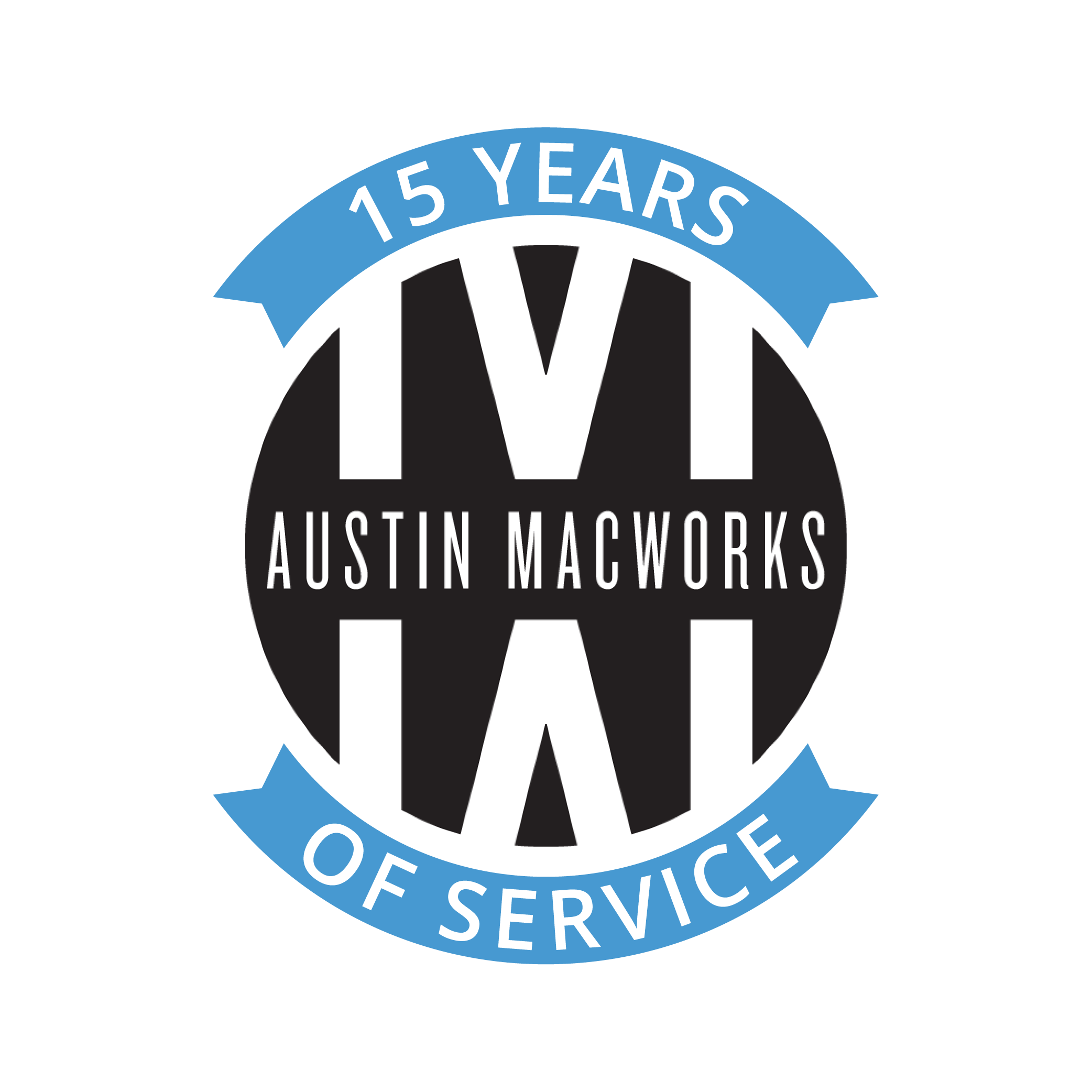 Image by Jordan M. Lomibao on Unsplash
Image by Jordan M. Lomibao on Unsplash
People talk about “the cloud” all the time these days, but what do they really mean? There’s no agreed-on definition, which can render some conversations nearly inscrutable. We can’t pretend to have the final answer—if there will ever be such a thing—but here’s how we think of “the cloud.” (And now we’ll stop quoting it.)
At a basic level, many people seem to equate the cloud with anything that’s online or with the Internet as a whole. That’s not incorrect, since everything in the cloud does take place online and is on the Internet, but it’s also not helpful.
Cloud Services Replace Local Hardware and Software
It’s more useful to think of the cloud as a way of referring to services made available over the Internet as a replacement for hardware or software on your Mac. These services largely fall into three broad categories: storage and backup, data syncing, and apps.
- Storage and backup: To add storage directly to your Mac, you’d connect an external hard drive or SSD. Cloud-based services like Dropbox, Google Drive, iCloud Drive, and OneDrive all provide the same basic function—more space to store data. Of course, they also go further, providing syncing between your devices and sharing with other people. Plus, just as you probably use Time Machine to back up to an external drive, you can use Backblaze to back up to the cloud.
- Data syncing: Before the cloud was a thing, syncing your contacts, calendar, and email between two Macs generally required either special software (like ChronoSync) or going through the export/import dance. Cloud-based services for such bits of data—including Apple’s iCloud syncing for Calendar and Contacts and Google Calendar—make it so the same information is available on all your devices all the time. They often provide a Web-based interface as well so you can access your data from someone else’s computer.
- Apps: An app like TextEdit runs on your Mac, but cloud-based apps like Google Docs provide app-like functionality while running in a Web browser. These days, many things that can be done directly on a computer can be done in a Web browser: word processing, spreadsheets, image editing, video streaming, video chat, and more.
Cloud Services Rely on “Cloud Computing”
Apps on your Mac use its processor and memory. You might also have used a network server; you use the apps on the server over the network, but they’re running on that particular server. In contrast, cloud services run on massive clusters of computer resources spread across many computers and even multiple data centers. When you’re typing into Google Docs, the processing resources that make that possible don’t come from a single computer dedicated to you—they’re provided to you and millions of others simultaneously by Google’s worldwide computer clusters.
Pros of the Cloud
There’s a lot to like about the cloud and what it makes possible:
- It’s accessible from nearly anywhere: As long as you have a high-speed Internet connection, you can access cloud-based services from anywhere in the world. And while not everywhere in the world has high-speed Internet access, it’s becoming more widely available all the time. Heck, you can now use the Internet on many commercial airplanes.
- It’s somebody else’s problem: That’s not entirely true, of course, but using a cloud-based service means the staff of the data center deals with failing computers or hard drives, network problems, and other maintenance. You just need a functional computer and Internet connection.
- It’s easy to switch devices and even platforms: Moving to a new iPhone or iPad is nearly trivial these days, thanks to being able to restore from an automatically created iCloud backup. And if you use Gmail, for instance, it would work just the same if you wanted to switch from an Android phone to an iPhone.
- It’s more flexible: If you decide to try a cloud service, it’s usually just a matter of setting up an account or signing in with an existing one. There’s no need to download and install software, or to clean up after the installer. Plus, if you need more storage space or additional features, it’s usually just a matter of upgrading an account and paying more—you don’t have to buy another hard drive or a whole new app.
- Costs are lower and more predictable: Many cloud services are entirely free, like Gmail and Google Docs, whereas others rely on monthly or annual subscriptions. Generally speaking, such subscriptions cost less than buying equivalent desktop software and all their upgrades. Whether or not a cloud app is cheaper, it’s a predictable expense you can build into a budget.
Cons of the Cloud
Of course, not everything about the cloud falls into the silver lining category. Some problems include:
- You can’t control when apps are upgraded: With desktop software, you can pick and choose when to upgrade, at least to some extent. Cloud apps, on the other hand, are upgraded whenever the developer wants, sometimes at inconvenient times or in major ways that might be hard for you to use. On the other side of the equation, you don’t have to spend time downloading and installing upgrades, or even thinking about whether to install them.
- You have limited control over your data: Although well-run cloud services are significantly less vulnerable to failure, damage, or theft than your Mac is, there’s no avoiding the fact that you can’t do much to prevent such problems. Backing up cloud-based data can be challenging, as can exporting it for use elsewhere.
- Subscriptions can add up: Any one cloud service may be reasonably priced, but if you end up with 10–15 subscriptions, the total annual cost may seem exorbitant. To be fair, major software packages used to cost hundreds or even thousands of dollars, and we all use many more apps and services than we did in the past.
- Security is a concern: While cloud providers may do a better job than you could of guaranteeing uptime and even backing up data, the fact remains that everything on the cloud is protected by passwords. If you reuse passwords or rely on weak ones, you could be in for a world of hurt. That’s why we always bang the drum for relying on a password manager for strong, unique passwords and turning on two-factor authentication whenever possible.
- Privacy can be a problem: Many free and ad-supported cloud services—most notably Facebook and Google—make their money by collecting data about you and using it to sell advertisers access to you. One reason to pay for a cloud service is that then you’re the customer, and as the saying goes, if you’re not the customer, you’re the product.
We’re not here to sell you on the cloud in general or scare you away from using it. In today’s world, there’s almost no way to avoid it, nor should you try to do so. Hopefully, now that you have a better idea of what the cloud really is, you can make more informed decisions about which cloud services can improve your technological life and which ones won’t.

Super insightful and fresh perspective.
Well explained and easy to follow.
So glad I stumbled upon this.
Looking forward to your next post!
Truly a masterpiece of content.